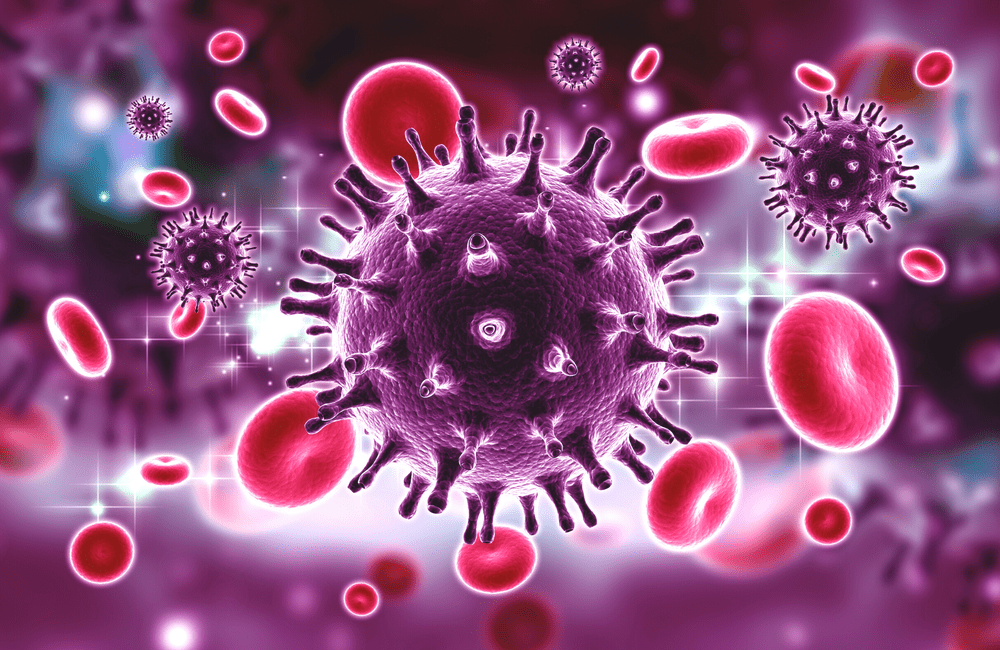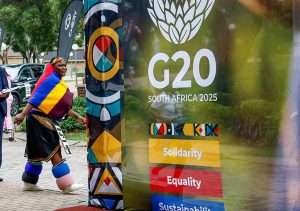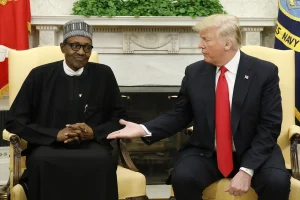US funding for HIV programs disappeared overnight

Decades of US funding into AIDS programs have significantly reduced the number of HIV deaths, yet the recent cuts to funding has caused a “systemic shock”, reported AP News on July 10th .
Deaths caused by AIDS were at their lowest level in over thirty years, and the programs provided medicine to some of the most vulnerable.
Yet the unforeseen termination of US funding has now pushed for UN officials to warn that if the funding isn’t replaced, it could potentially lead to 6 million more HIV infections and over 4 million AIDS related deaths by 2029.
In a report released by UNAIDS, it stated: “The current wave of funding losses has already destabilised supply chains, led to the closure of health facilities, left thousands of health clinics without staff, set back prevention programs, disrupted HIV testing efforts and forced many community organisations to reduce or halt their HIV activities.”
There were fears that other major donors may also withdraw their support, reversing decades of progress against AIDS world worldwide, as reported by Maghrebi.org. This concern was amplified as the $4 billion that the United States pledged for the global HIV response for 2025 was abruptly withdrawn in January, following President Donald Trump’s orders for all foreign aid to be suspended.
HIV expert, Andrew Hill, from the University of Liverpool, argued that despite Trump being entitled to utilize US capital as he sees fit, “any responsible government would have given advance warning so countries could plan.”
In 2003, when PEPFAR was released for AIDS Relief by President George W. Bush, it was the biggest aid commitment by any country. UNAIDS called the program a “lifeline” for countries with high HIV rates. It was found that PEPFAR funded 99% of Nigeria’s budget for medicines taken to prevent HIV.
Before the US cut funding, progress against reducing HIV was uneven, especially due to UNAIDS due Sub-Saharan Africa accounting for half of all new infections.
Tom Ellman, director of Doctors Without Borders’ South Africa Medical Unit, stated that despite some poorer countries now funding their own HIV programmes, it would be impossible to fill the gap left by the U.S.
The loss of data is another element feared by experts. According to Dr. Chris Beyrer, director of the Global Health Institute at Duke University, “Without reliable data about how HIV is spreading, it will be incredibly hard to stop it,” he said. The reason for his concern being that as the U.S. paid for most HIV surveillance in Sub Saharan Africa, including hospital, patient, and electronic records, all of which has now abruptly ceased.
The fear comes as studies published in 2024 showed that the twice-yearly injectable from the pharmaceutical maker, Gilead was 100% effective in preventing the virus and ending HIV.
On the 10th of July, Aaron Motsoaledi, South Africa’s health Minister said that country would move mountains and rivers to make sure every adolescent girl who needs it will get it,” he also mentioned that South Africa’s dependence on US aid was “scary.”
In June 2025, the U.S. Food and Drug Administration approved the drug, called Yeztugo, a tactic that should have been a turning point in a fight against Aids, according to Peter Maybarduk of the advocacy group Public Citizen.
However, advocates like Maybarduk said that the price of Gilead’s will put it out of reach for many countries that need it. Gilead consented to selling generic versions of the drug to 120 poor countries with high HIV rates but has disbarred majority of Latin America, where the rates are low but slowly increasing. Maybarduk said “We could be ending AIDS, instead the U.S. is abandoning the fight.”
APnews, Maghrebi.org
Want to chase the pulse of North Africa?
Subscribe to receive our FREE weekly PDF magazine












